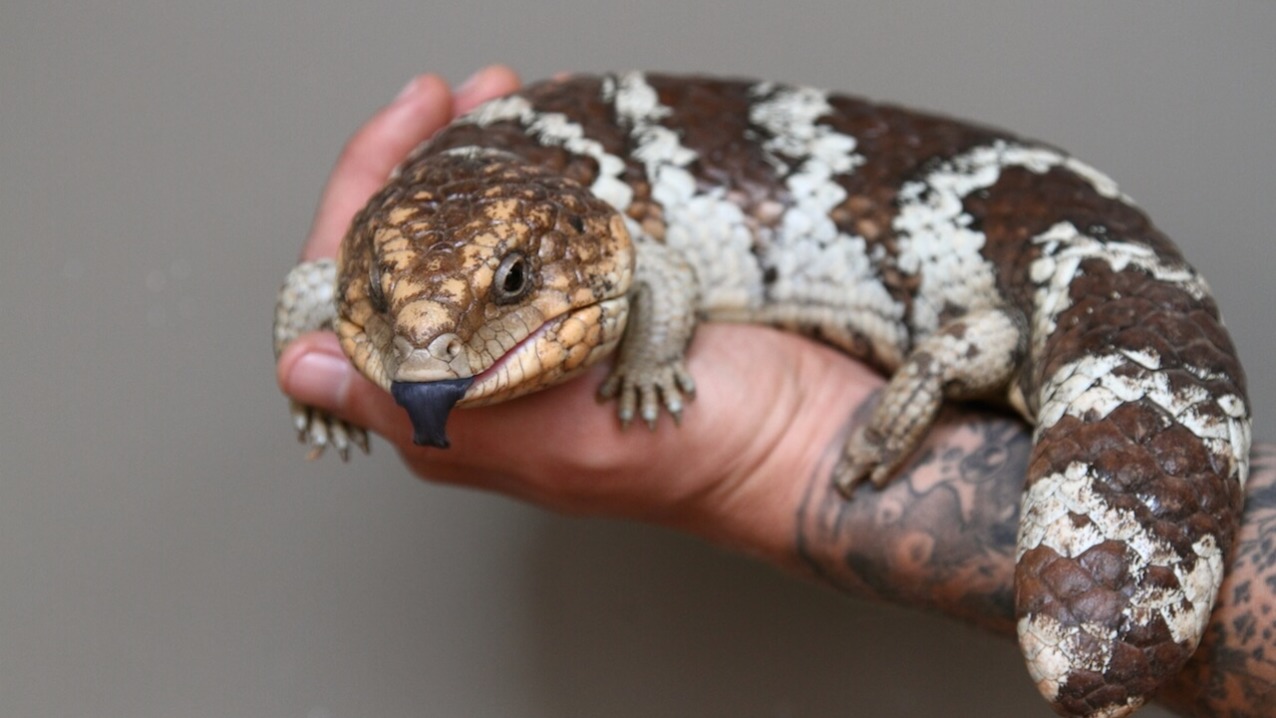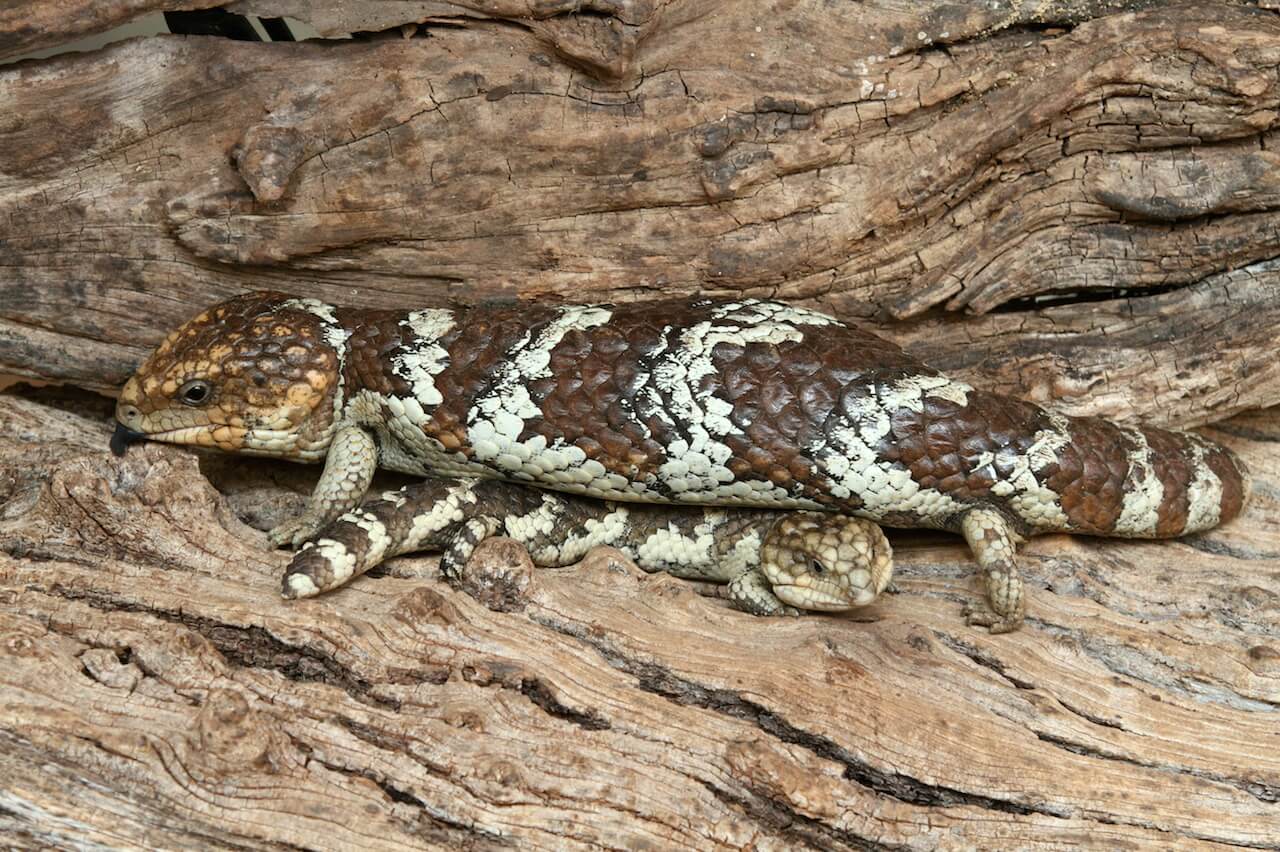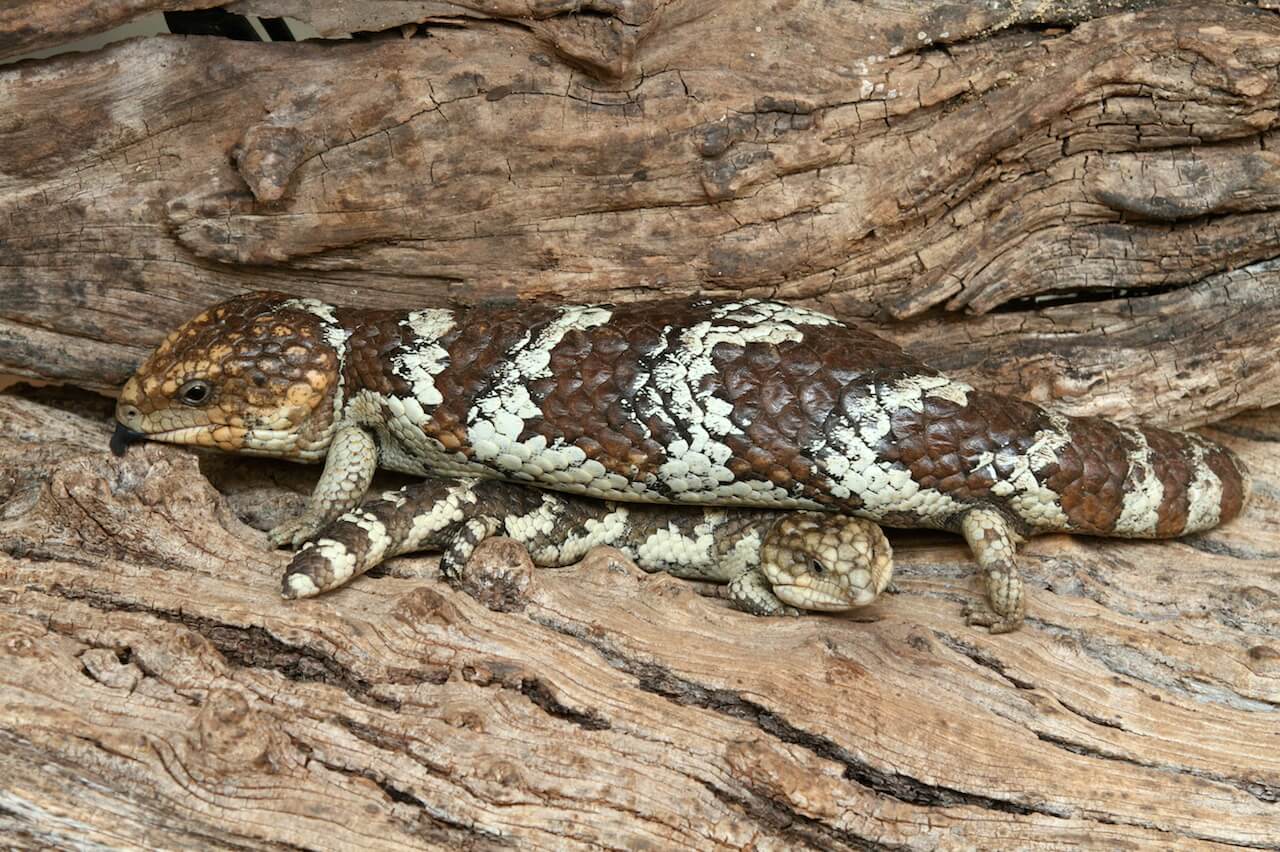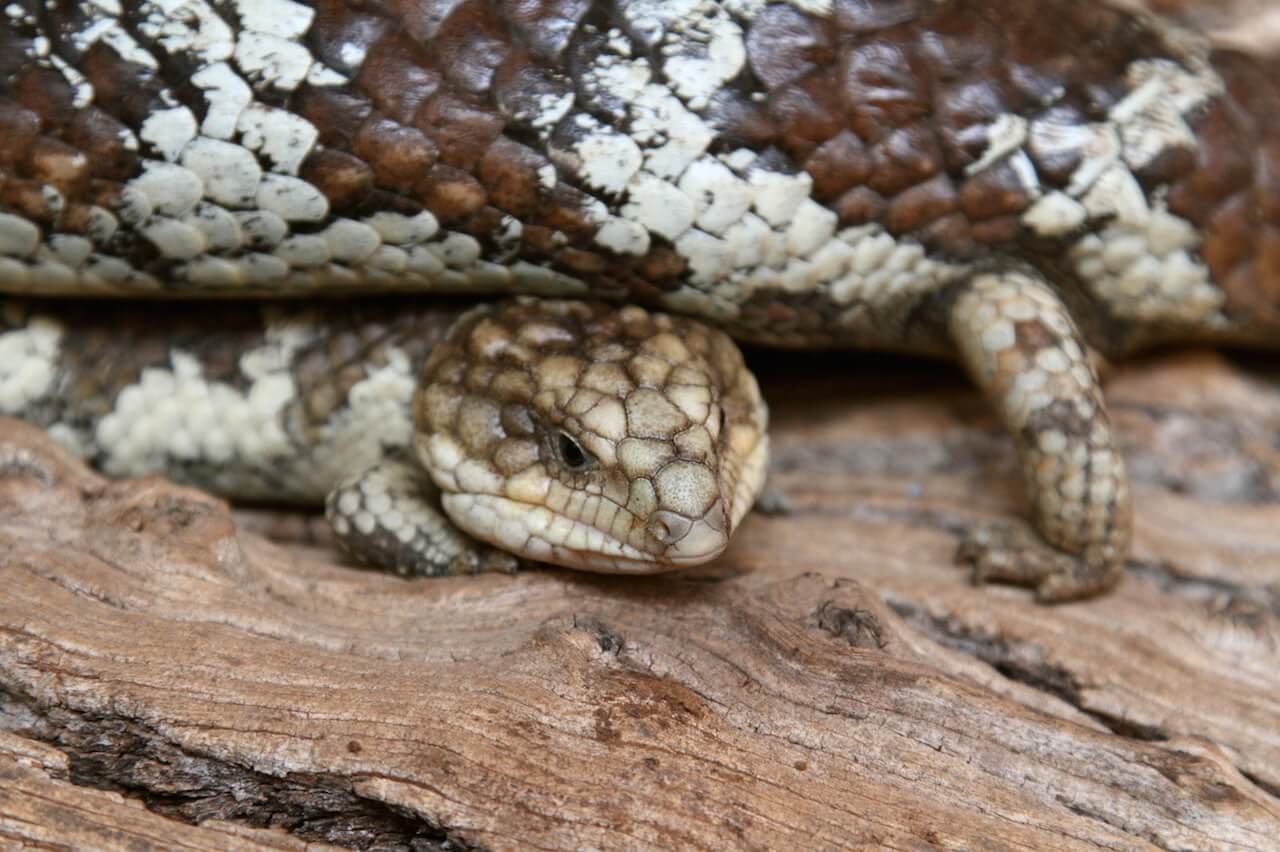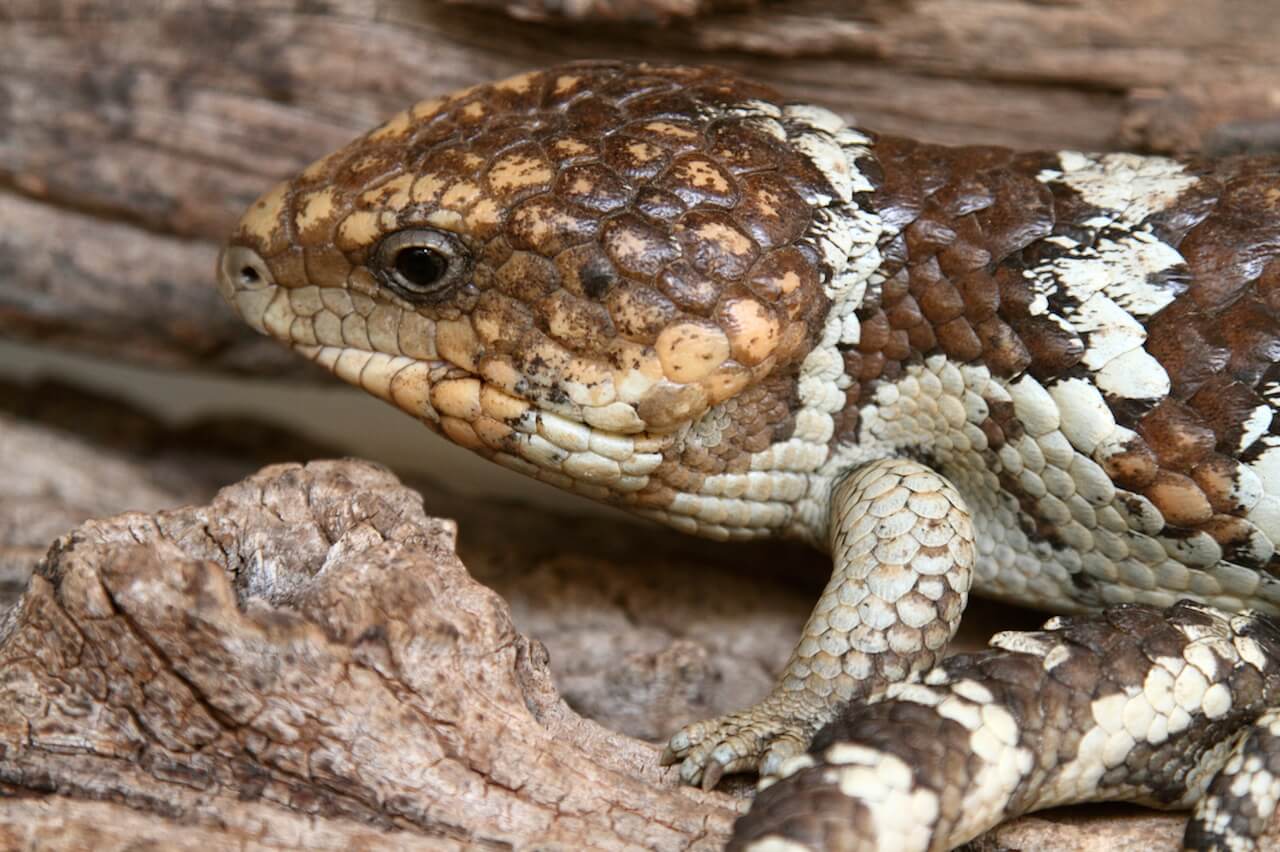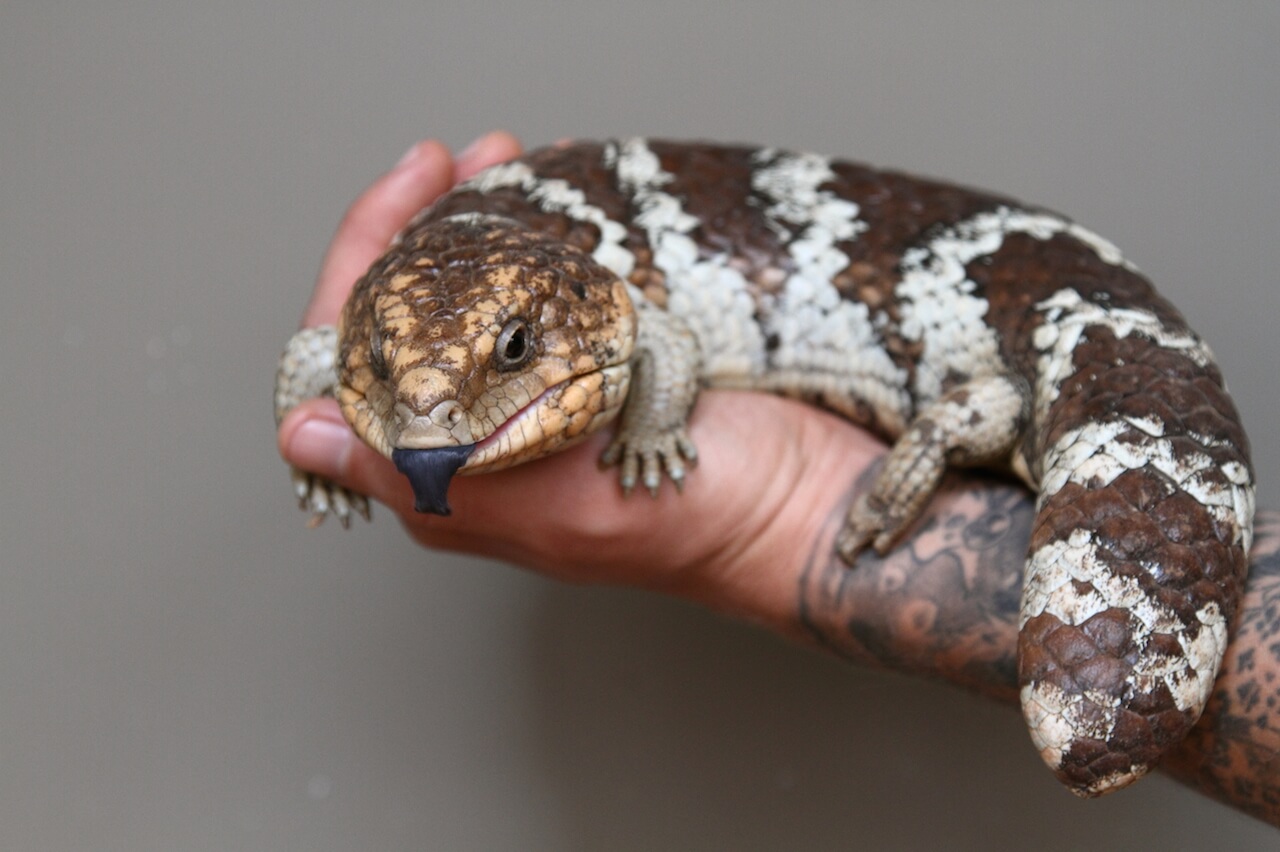tiliqua rugosus
Shingleback Skink
About Me
Scientific Name: Tiliqua rugosus
Description
Nearly 150 species of skinks are known from Australia, more species than in any other family of reptiles. They are diverse in appearance and habits, with smooth shiny scales and slender bodies. Although most skinks have four well-developed legs, each with five toes, loss of toes or limbs is found in several groups.
Fun Facts
- One feature common to nearly all skinks is their ability to break off and subsequently replace all or part of their tail.
- In the roof of the mouth are the Jacobson’s organs, which the tongue carries odorous particles picked up from the air or from the surface of objects to, for identification.
- Kingdom: Animalia
- Phylum: Chordata
- Class: Reptilia
- Order: Squamata
Nearly 150 species of skinks are known from Australia, more species than in any other family of reptiles. They are diverse in appearance and habits, with smooth shiny scales and slender bodies. Although most skinks have four well-developed legs, each with five toes, loss of toes or limbs is found in several groups.
One feature common to nearly all skinks is their ability to break off and subsequently replace all or part of their tail. As a result of a complete, or more often a partial break in the tail, regeneration may result in the formation of two, three or even four tail buds, which in turn develop into a barrage of tails.
There is little difference between the sexes; but the males are often more heavily built especially around the head and neck, and their skin may be more boldly patterned.
The skink’s legs are small and weak and not fitted to support the weight of the body high above the ground in running. Although this might indicate they are slow and easy to catch, they are surprisingly agile and able to move their bodies over the ground and into cover with great facility.
In the roof of the mouth are the Jacobson’s organs, which the tongue carries odorous particles picked up from the air or from the surface of objects to, for identification. The skink uses its tongue and Jacobson’s organ in combination to find food. (In egg-brooding species they assist in identifying the home nest and keeping track of its eggs.) Their tongue, used for eating, drinking, and smelling is thick and fleshy, and is used to startle, distract and ward off predators.
This skink is also known as the stump-tailed skink, pinecone, bobtail, two-headed skink, sleepy and boggi.
It grows from 12 to 18 inches. It has a long, stocky body with keeled, protruding, wrinkled scales that give it the appearance of three pinecones glued together. It has a triangular head, and a bright blue tongue.
The body is black, dark gray, dark brown: also red, rust, or white, with light yellow spots or cross bands. When captured, it inflates its lungs and expels air in hisses and keeps its mouth open, exposing its bright blue tongue.
The Shingleback skink is found in southern and western Australia, in desert grassland areas or sandy dunes.
Skinks are shy and secretive and seldom stray far from their shelter. Most species adapt well to captivity. They find shelter at night in hollow logs and ground debris.
In nature, skinks are omnivorous feeders eating many types of foods. They are diurnal ground-dwelling lizards, which feed on a variety of insects, snails, carrion. and wildflowers, native fruits and berries.
One to 2, rarely 3 young are born, 6 inches at birth. This skink is ovoviviparous. Offspring develop inside the mother in a placenta rather than inside hard shells, thus producing live young.
Other Reptiles
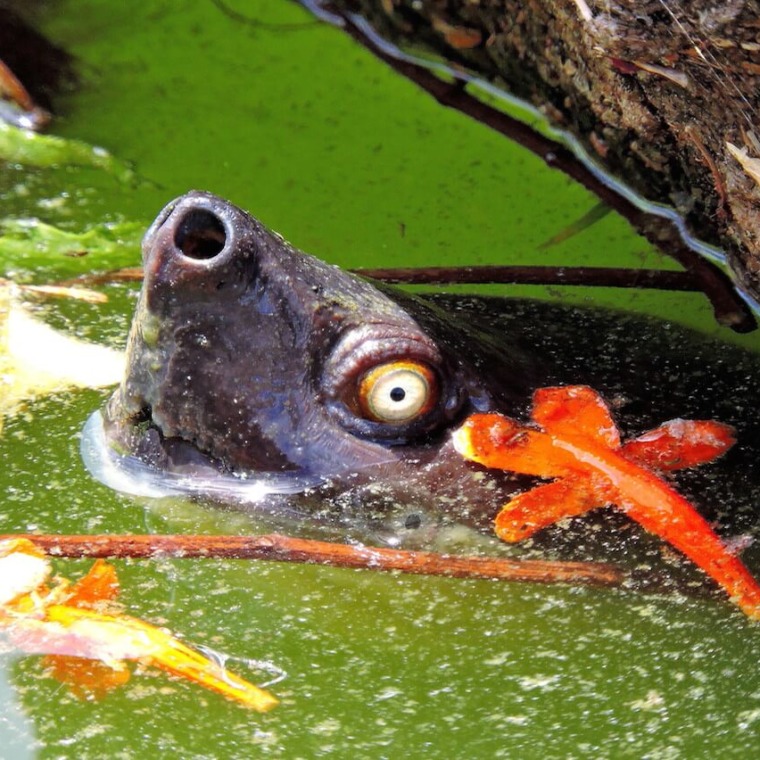
The last populations of Tutong are found in India, Indonesia, Bangaladesh, and Malaysia. It is extinct in its former range of Thailand, Myanmar, Vietnam, and Singapore.
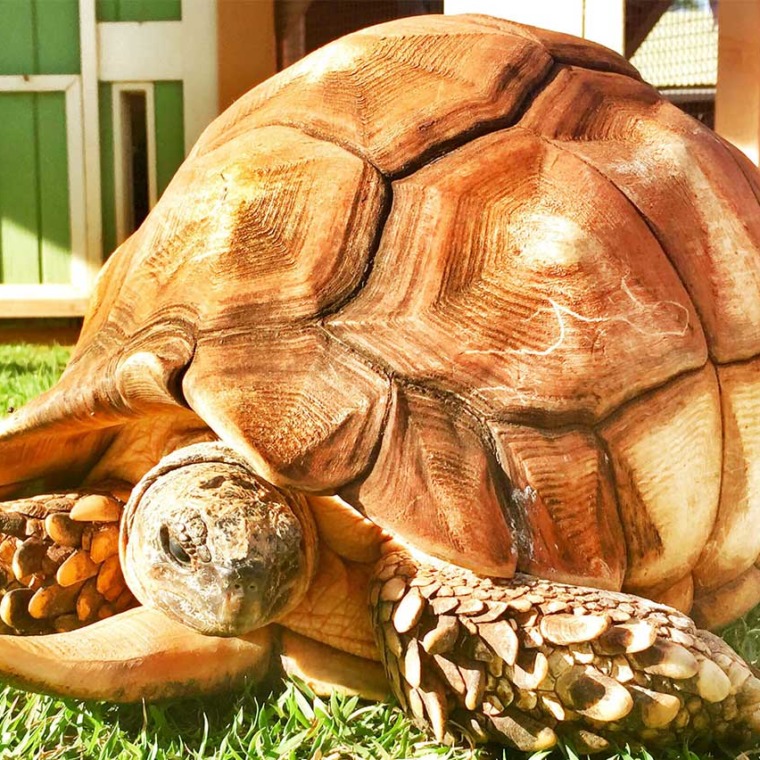
Inactive during cool, dry season (May to October). Does not dig burrows. Seeks protection in thickets and seeks shelter in surface litter. Forages during morning and late afternoon.
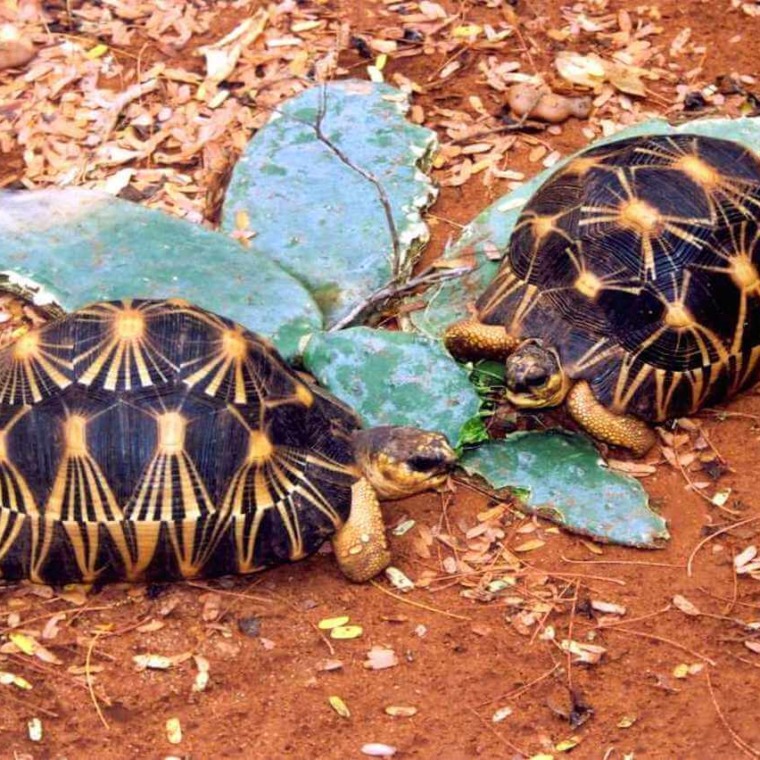
In the wild, this reptile is relegated to the extreme south and south-western portions of Madagascar. In recent times, they have also been introduced to the nearby island of Reunion.
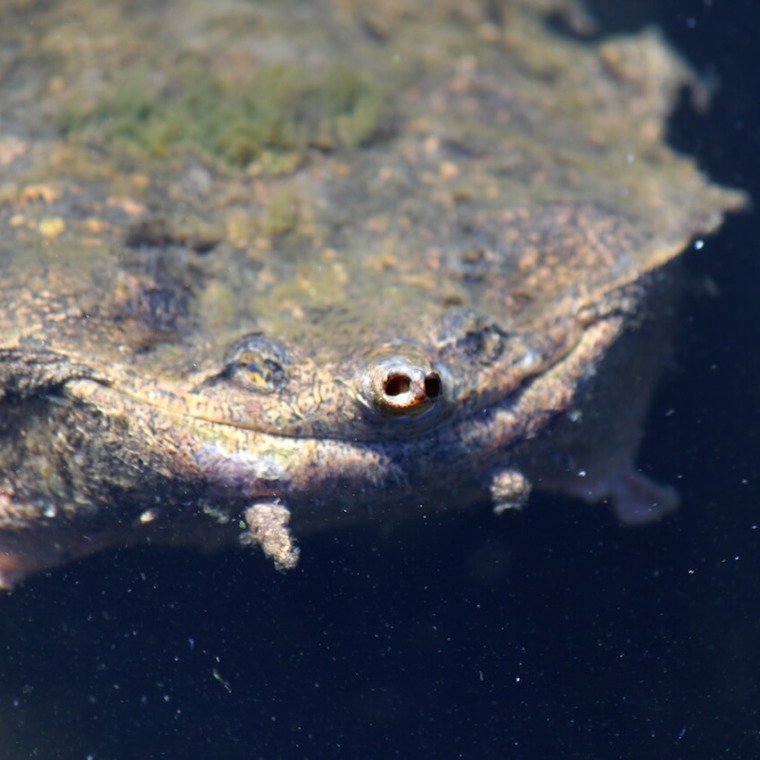
This species inhabits stagnant pools in Brazil and the Guianas and also in parts of the Amazon River and in Trinidad.
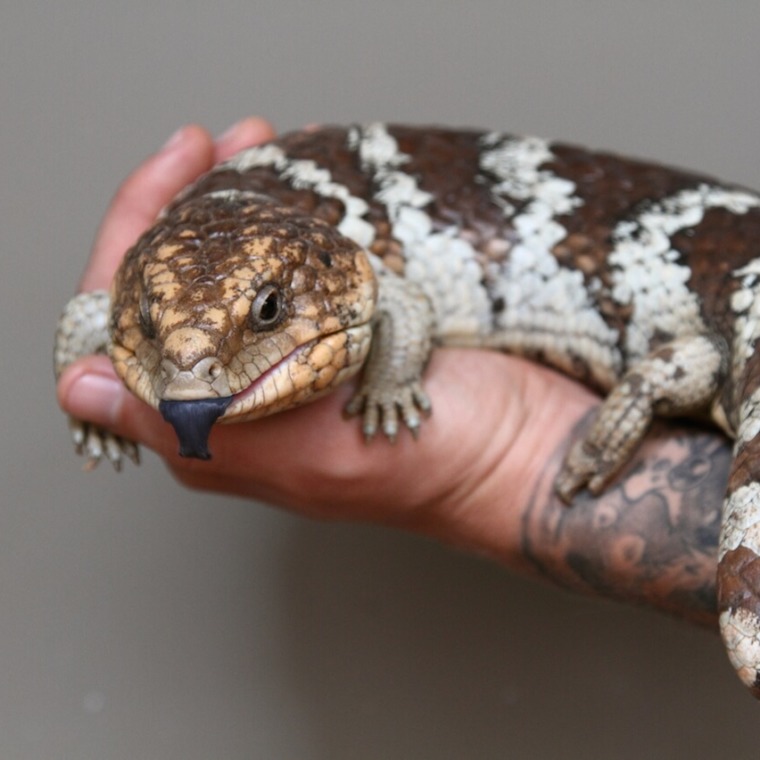
The Shingleback skink is found in southern and western Australia, in desert grassland areas or sandy dunes. Skinks are shy and secretive and seldom stray far from their shelter.


